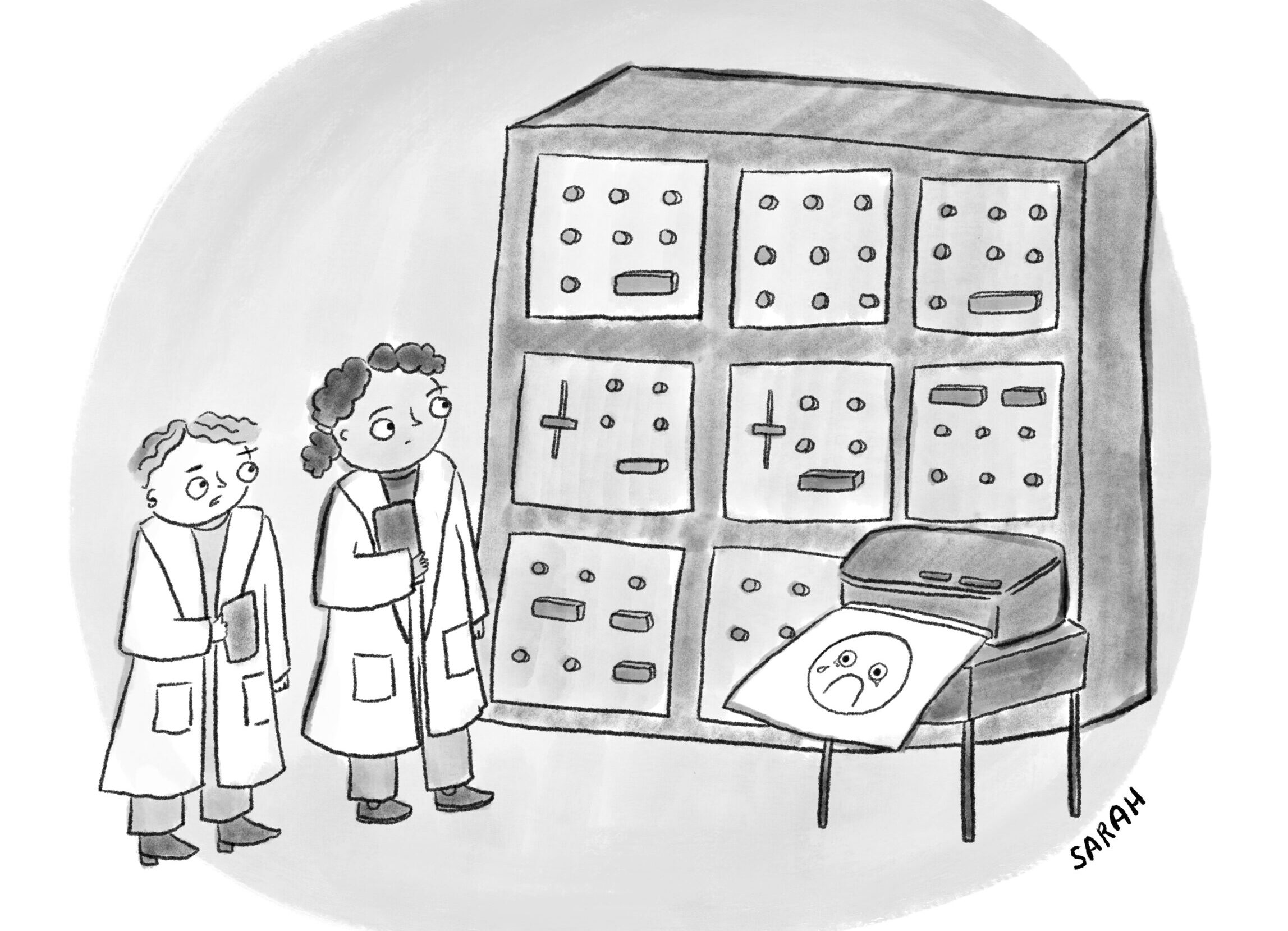
Information and education are an essential part of the client experience, and we
are here to provide resources and insights to help keep you advised.
For ultra high-net-worth (“UHNW”) families, integrating health into wealth planning isn’t optional — it’s essential for legacy, performance, and peace of mind. The good news: Individuals today are living longer. Over the last 200 years, life expectancy in the US has doubled and now averages 78.8 years.1 The bad news: This tremendous gift also brings new responsibilities. With extended longevity comes the reality of rising healthcare needs, increasing complexity of care, and the need for thoughtful and prolonged preparation. Just as families plan deliberately for education, retirement, and estate transitions, strategic planning for health and care has become a critical pillar of generational resilience. For UHNW families, where stakes are high and expectations of quality and coordination are nonnegotiable, this planning is both a safeguard and a legacy strategy. The upcoming holiday season brings families together in ways that few other times of year do. Amid celebrations and meaningful traditions,...
10.03.2023
It seems that Chatbots and Artificial Intelligence are invading every part of modern life. According to recent news reports, over 80% of Fortune 500 companies have adopted one of the new large language AI models.[1] Goldman Sachs estimates that AI adoption could enable a 1.5% increase in labor productivity resulting in an increase of 1.1% per year of Gross Domestic Product (GDP – the total value of all goods and services produced by the economy). Given that our GDP normally averages around 2.5%, a 1.1% addition to our average GDP could represent a 40% increase, significantly impacting corporate earnings and market valuations across the economy.[2] Certainly, AI models can organize, summarize, reconcile, and interpret labeled data beyond human capacity, but can they duplicate the more intangible aspects of human endeavors? These models increasingly mimic human behaviors and beg an intriguing question: are they more than just a better abacus that...